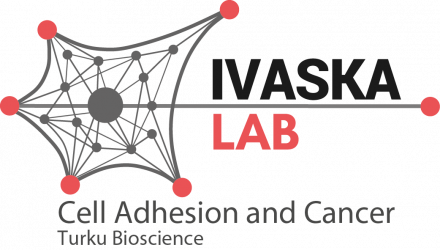Filopodia are fingerlike membrane protrusions that are extended by cells in vitro and in vivo. Due to important roles in sensing the extracellular microenvironment, filopodia and filopodia-like protrusions have been implicated in numerous biological processes including epithelial sheet zippering in…
A Negative Feedback Loop Regulates Integrin Inactivation and Promotes Neutrophil Recruitment to Inflammatory Sites by Barry McCormick et al.
Neutrophils are abundant circulating leukocytes that are rapidly recruited to sites of inflammation in an integrin-dependent fashion. Contrasting with the well-characterized regulation of integrin activation, mechanisms regulating integrin inactivation remain largely obscure. Using mouse neutrophils, we demonstrate in this study…
Transcytosis route mediates rapid delivery of intact antibodies to draining lymph nodes by Laura Kähäri et al.
Lymph nodes (LNs) filter lymph to mount effective immune responses. Small soluble lymph-borne molecules from the periphery enter the draining LNs via a reticular conduit system. Intact antibodies and other larger molecules, in contrast, are physically unable to enter the…
Integrins as biomechanical sensors of the microenvironment by Jenny Z Kechagia et al.
Integrins, and integrin-mediated adhesions, have long been recognized to provide the main molecular link attaching cells to the extracellular matrix (ECM) and to serve as bidirectional hubs transmitting signals between cells and their environment. Recent evidence has shown that their…
SORLA regulates endosomal trafficking and oncogenic fitness of HER2 by Mika Pietilä et al.
The human epidermal growth factor receptor 2 (HER2) is an oncogene targeted by several kinase inhibitors and therapeutic antibodies. While the endosomal trafficking of many other receptor tyrosine kinases is known to regulate their oncogenic signalling, the prevailing view on…
GGA2 and RAB13 promote activity-dependent β1-integrin recycling by Pranshu Sahgal et al.
β1-integrins mediate cell-matrix interactions and their trafficking is important in the dynamic regulation of cell adhesion, migration and malignant processes, including cancer cell invasion. Here, we employ an RNAi screen to characterize regulators of integrin traffic and identify the association…
68Ga-DOTA-E[c(RGDfK)]2 PET Imaging of SHARPIN-Regulated Integrin Activity in Mice by Riikka Siitonen et al.
Shank-associated RH domain-interacting protein (SHARPIN) is a cytosolic protein that plays a key role in activation of nuclear factor κ-light-chain enhancer of activated B cells and regulation of inflammation. Furthermore, SHARPIN controls integrin-dependent cell adhesion and migration in several normal…
Integrin signaling and mechanotransduction in regulation of somatic stem cells by Aleksi Isomursu et al.
Somatic stem cells are characterized by their capacity for self-renewal and differentiation, making them integral for normal tissue homeostasis. Different stem cell functions are strongly affected by the specialized microenvironment surrounding the cells. Consisting of soluble signaling factors, extracellular matrix…
Author Correction: Every step of the way: integrins in cancer progression and metastasis by Hellyeh Hamidi et al.
In the originally published article, pertuzumab was incorrectly described as an anti-PI3K therapy in the section ‘Integrins in anticancer therapy’. The sentence should read ‘In mouse mammary tumour models, increased collagen levels and increased β1 integrin and SRC activity have…
